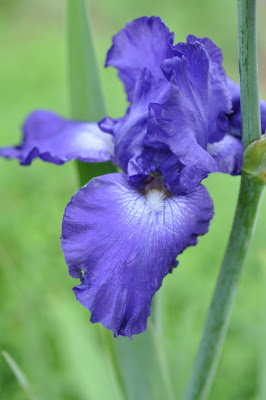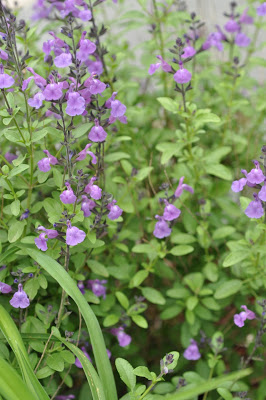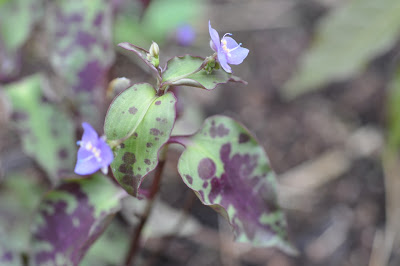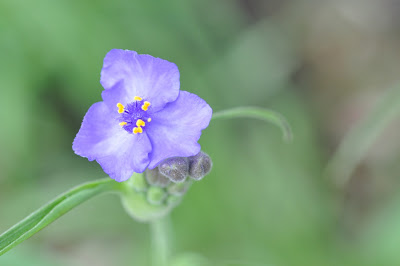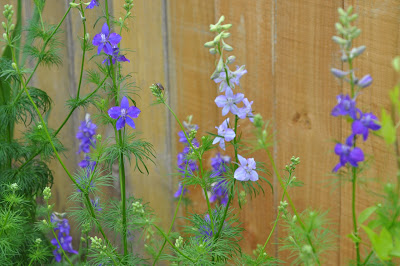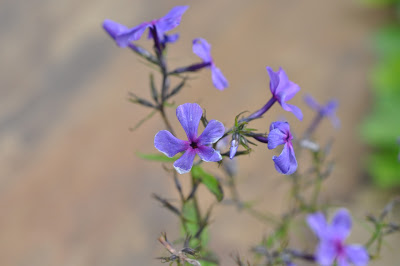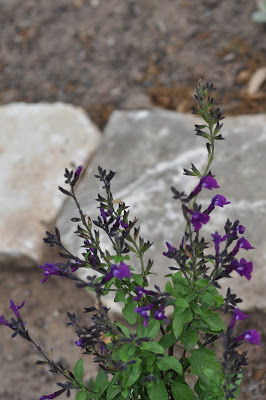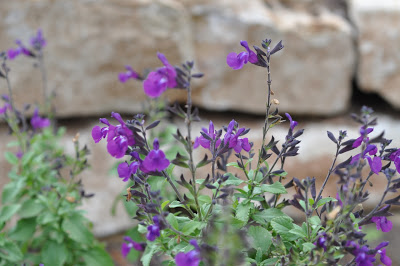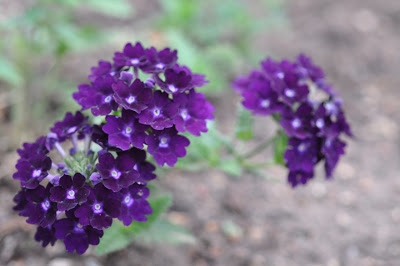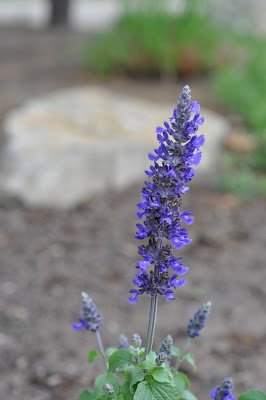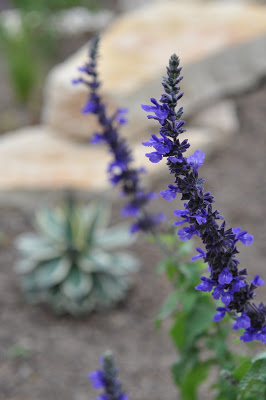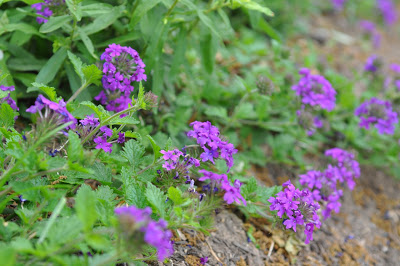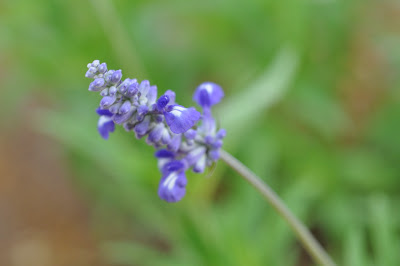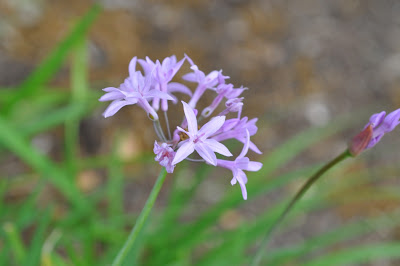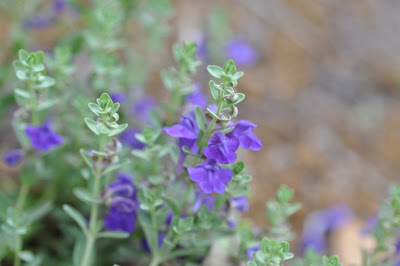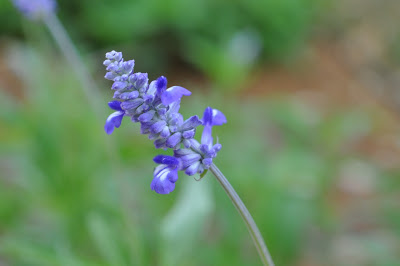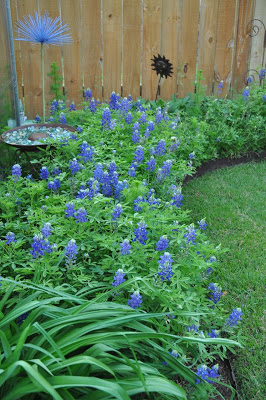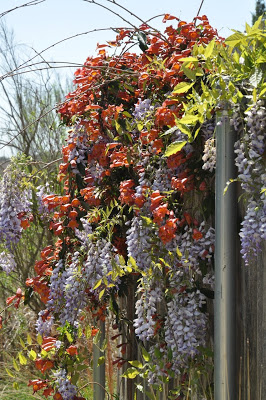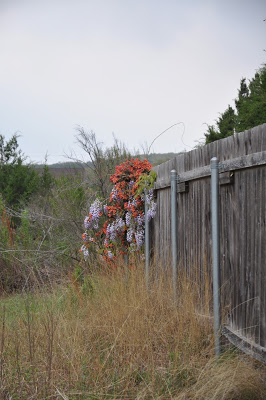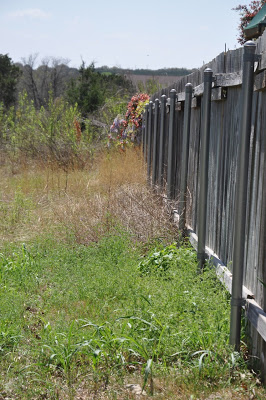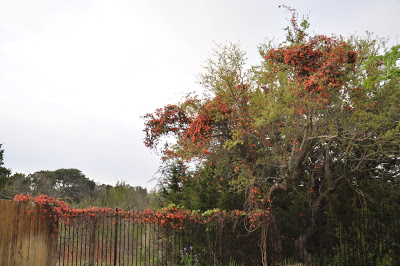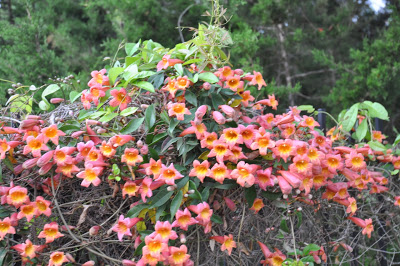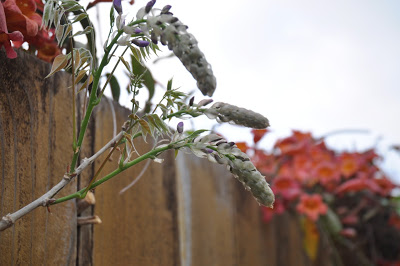Babies in the nest!
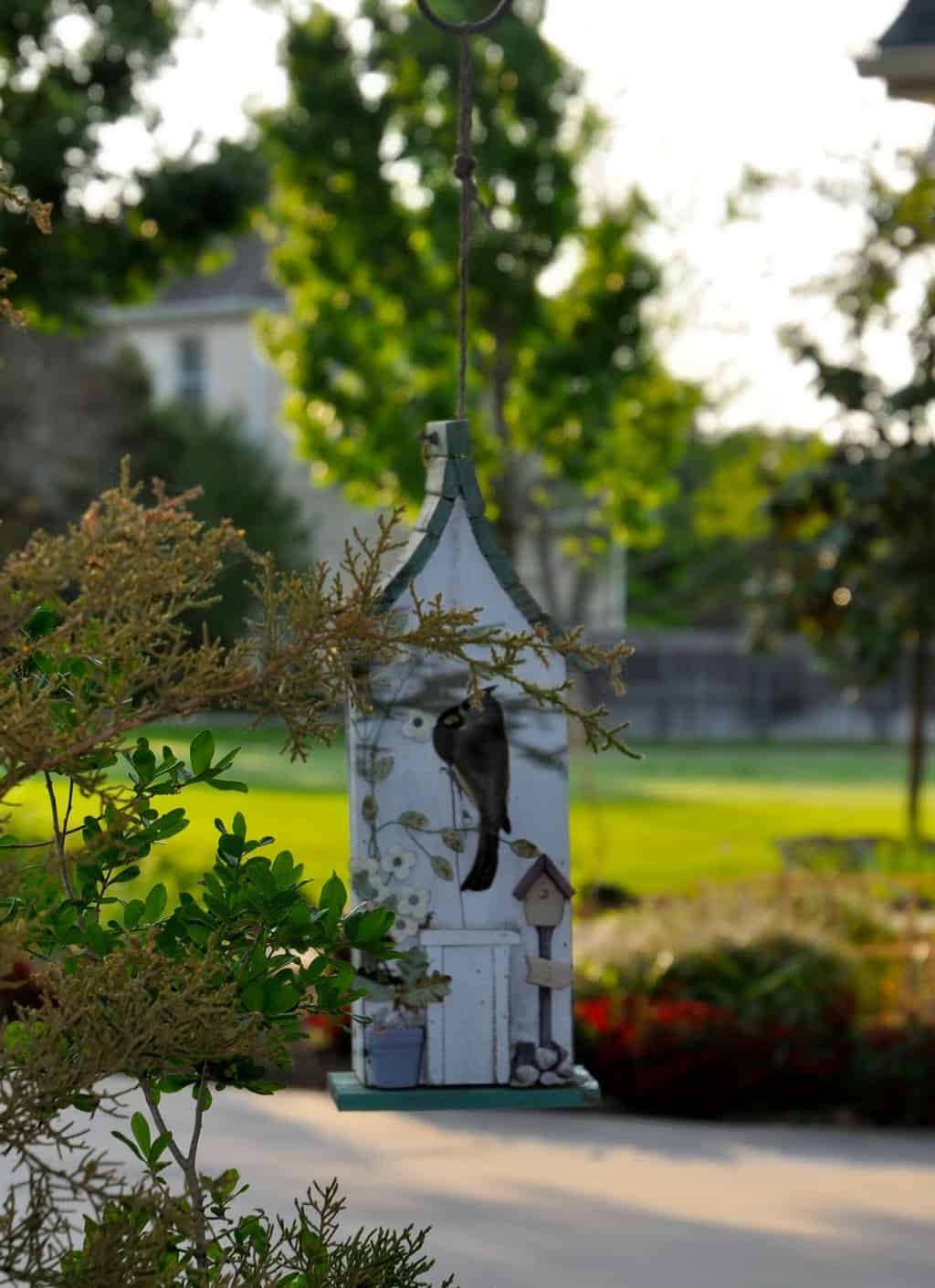 Mrs. Titmouse has been seen sneaking into this lovely birdhouse town home for a while. But I couldn’t tell if she was just going to dinner and going back to sit on her eggs, or if there were babies in there. I tried to peer in there when she was gone, but it’s quite dark in there and the babies are a long way down since it’s a two-story!
Mrs. Titmouse has been seen sneaking into this lovely birdhouse town home for a while. But I couldn’t tell if she was just going to dinner and going back to sit on her eggs, or if there were babies in there. I tried to peer in there when she was gone, but it’s quite dark in there and the babies are a long way down since it’s a two-story!
 Then yesterday when she flew to the nest, I heard the magical, musical “chiro, chirp, chirp” of babies when she landed on the doorstep. This morning I perched in the woods to try to get a picture of her going in the nest. She was onto me though. She landed up in the tree above me and cackled at me – fussing loudly about my intrusion.
Then yesterday when she flew to the nest, I heard the magical, musical “chiro, chirp, chirp” of babies when she landed on the doorstep. This morning I perched in the woods to try to get a picture of her going in the nest. She was onto me though. She landed up in the tree above me and cackled at me – fussing loudly about my intrusion.
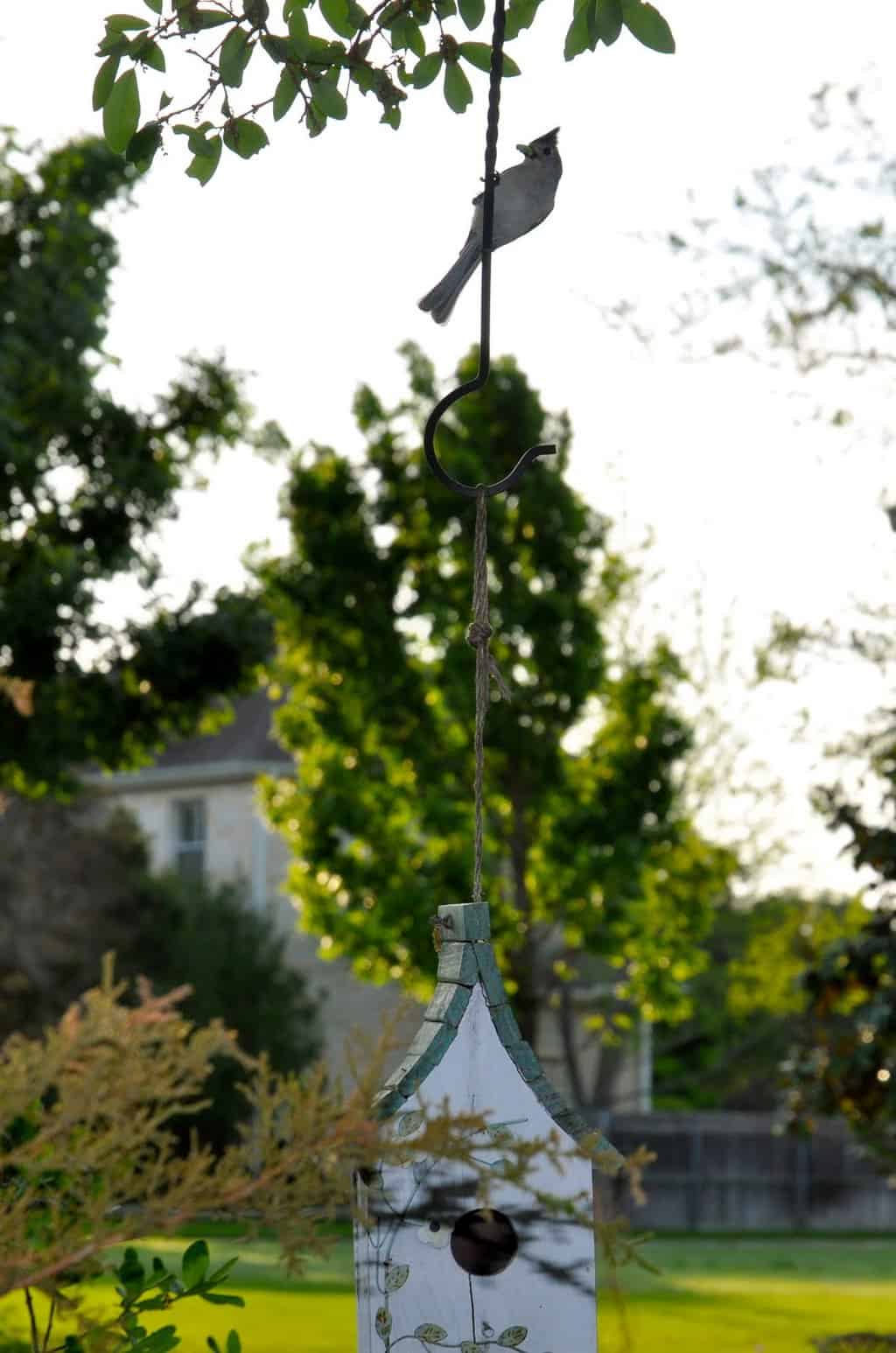 But I stood very still and waiting until she felt more at ease, and sure enough, she ventured down. She perched on the hook first, before she slipped into the nest to bring breakfast tacos (ok, that may be a stretch!) to her babies.
But I stood very still and waiting until she felt more at ease, and sure enough, she ventured down. She perched on the hook first, before she slipped into the nest to bring breakfast tacos (ok, that may be a stretch!) to her babies.
It has to be a good day after that, doesn’t it?

